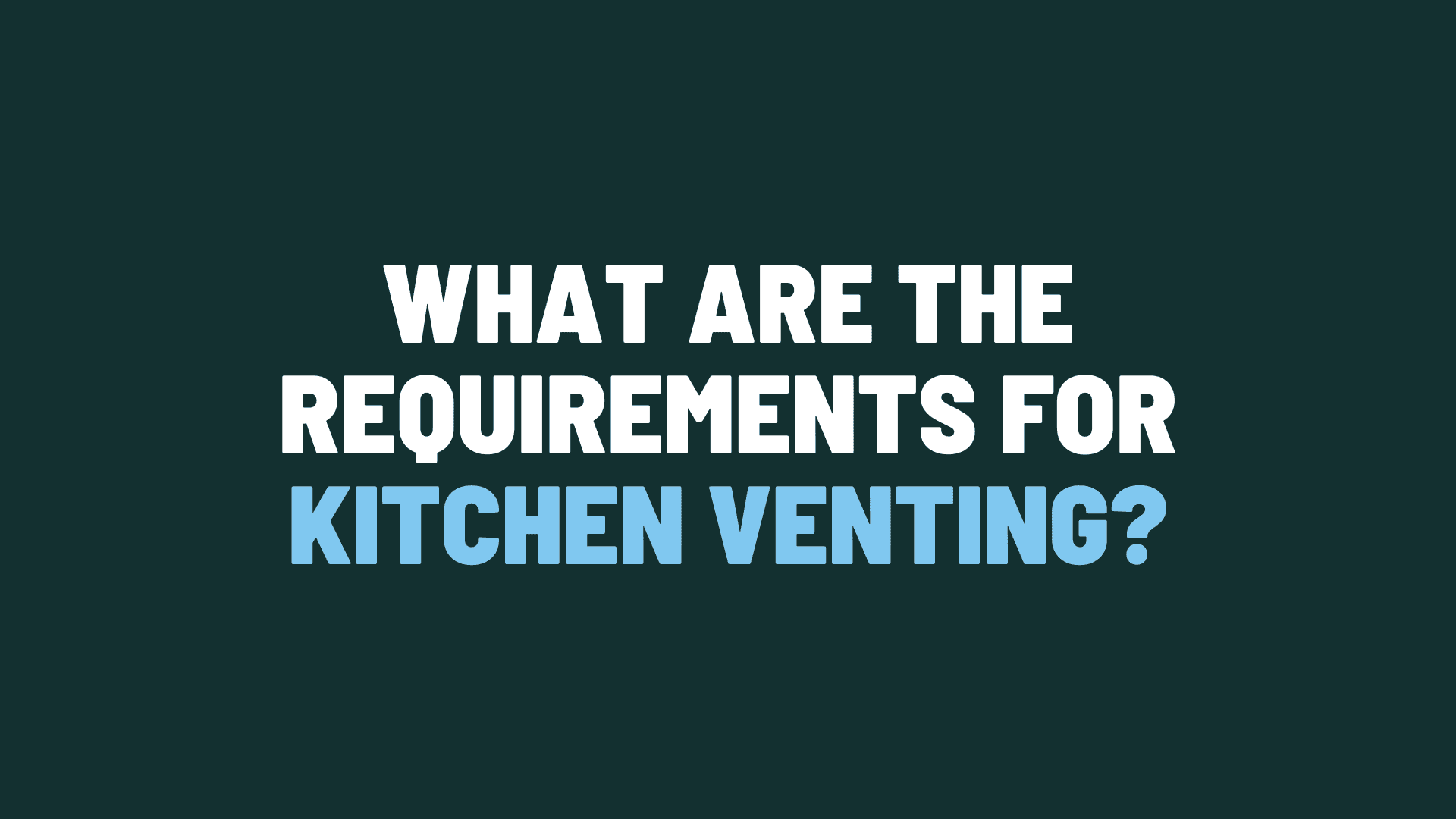
Question: What are the Requirements For Kitchen Venting?
Answer: Kitchen venting requirements vary by location but generally the do not mandate a range hood vented to the exterior. Unlike gas ranges, which necessitate external venting and CFM ratings based on BTU output, electric ranges generally don’t require such systems.
Essential Kitchen Ventilation Facts
Proper kitchen ventilation removes cooking odors, smoke, and grease. It also improves indoor air quality and protects your family’s health. This article explains the key requirements for effective kitchen venting. It covers airflow, ductwork, vent termination, makeup air, and range hood selection. Understanding these requirements helps you choose the right ventilation system for your kitchen.
Airflow Requirements
Building codes specify minimum airflow requirements for kitchen range hoods. These requirements depend on the type and size of your cooking appliance. Local codes often require a minimum of 100 cubic feet per minute (CFM) for electric stoves and 400 CFM for gas stoves. Larger, professional-style ranges may require higher CFM ratings. Check your local building codes for specific requirements.
A higher CFM rating generally means better ventilation. However, excessive airflow can create negative pressure in the house. This can draw combustion gases back into the home. Balancing airflow is crucial for safe and efficient ventilation.
Click here for more information on kitchen cabinet refinishing service Toronto
Related Article: What are the Options For Kitchen Ventilation?
Related Article: Is it Ok Not To Have a Vent in the Kitchen?
Vent Termination
Proper vent termination is important for expelling contaminated air outside. The vent should terminate outdoors, not in an attic or other enclosed space. Use a roof cap or wall cap designed for range hood exhaust. These caps prevent pests and debris from entering the ductwork. Position the vent termination away from windows, doors, and other air intakes to prevent recirculating exhaust back into the home.
Ensure adequate clearance between the vent termination and any combustible materials. Consult your local building codes for specific clearance requirements.
Makeup Air
High-CFM range hoods can exhaust a significant amount of air from your kitchen. This can create negative pressure, leading to backdrafting of combustion appliances like furnaces and water heaters. To address this, you may need to install a makeup air system. A makeup air system introduces fresh air into the house to balance the air exhausted by the range hood. This maintains proper air pressure and prevents backdrafting.
Consult with an HVAC professional to determine if a makeup air system is necessary for your home. They can assess your ventilation needs and recommend the appropriate system size and installation.
Range Hood Selection
Choose a range hood that matches your cooking style and kitchen layout. Consider factors such as the hood’s size, CFM rating, and mounting type. Common range hood types include under-cabinet hoods, wall-mounted hoods, island hoods, and downdraft hoods.
Ensure the hood’s width matches or exceeds the width of your cooking surface. Select a hood with a CFM rating appropriate for your cooking appliance and local building codes. Consider features such as variable speed controls, lighting, and noise levels.
Regular Maintenance
Regular maintenance is important for optimal range hood performance. Clean the grease filters regularly, typically every month or two, depending on cooking frequency. Clean the hood’s interior surfaces to remove grease buildup. Check the ductwork periodically for obstructions or leaks.
Replace grease filters as needed, typically every six months to a year. If you have a charcoal filter for recirculating hoods, replace it according to the manufacturer’s recommendations. Proper maintenance ensures your range hood functions effectively and prolongs its lifespan.
Conclusion
Understanding the requirements for kitchen venting helps create a safe and comfortable cooking environment. Properly installed and maintained kitchen ventilation protects your home and improves indoor air quality. By following these guidelines, you can enjoy a clean and healthy kitchen for years to come. If you are uncertain about any aspect of kitchen ventilation, consult a qualified professional for assistance. What are the requirements for kitchen venting? Proper airflow, ductwork, termination, makeup air, and regular maintenance are essential for effective and safe kitchen ventilation.

Blue Malue Get in touch with Blue here.
